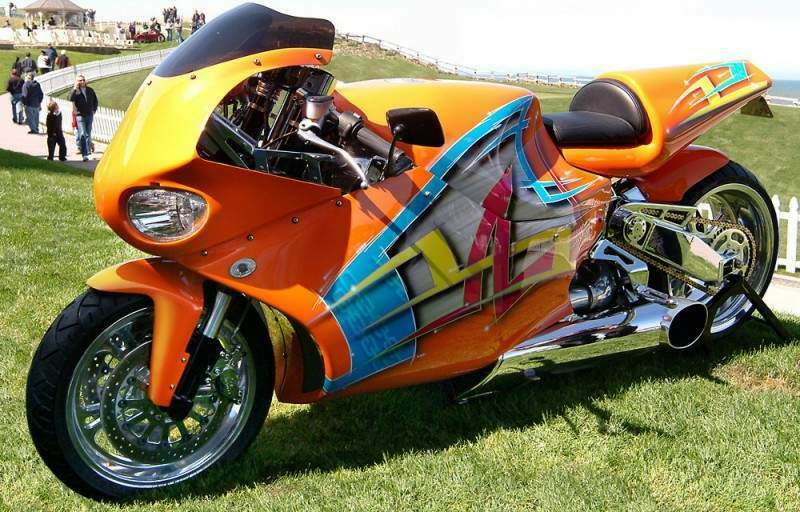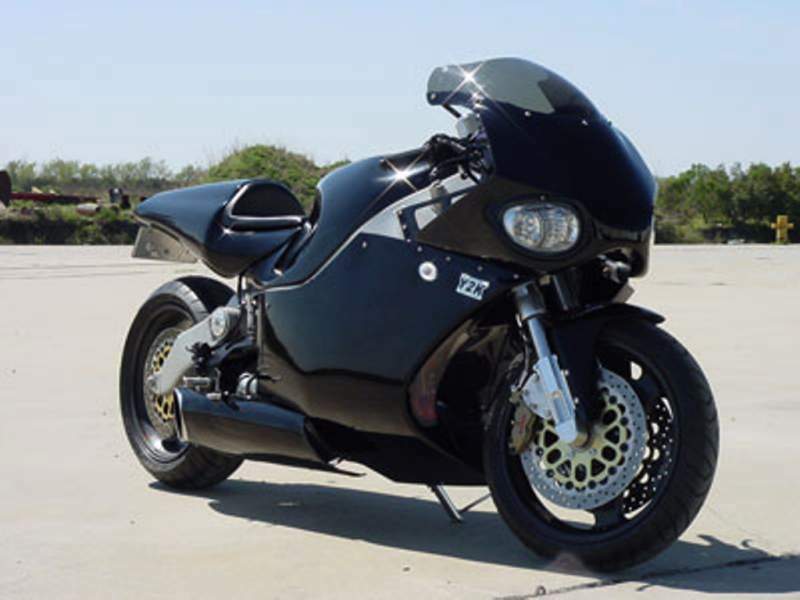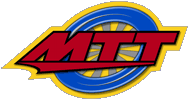
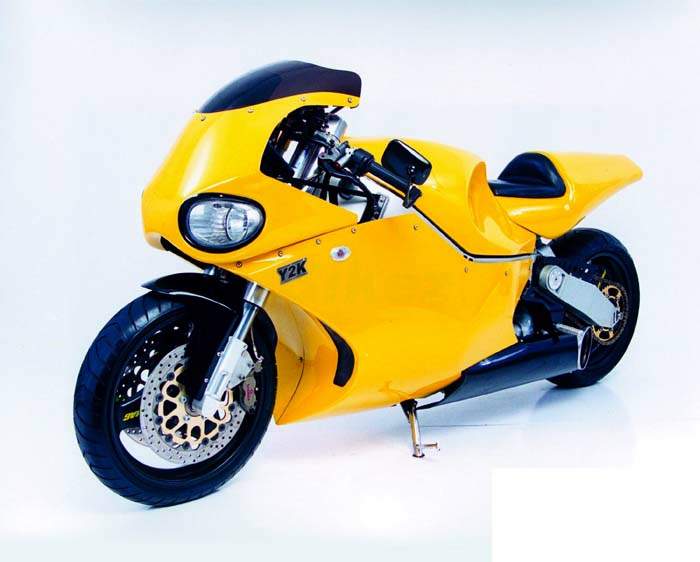
Make Model
|
MTT Y2K Turbine Superbike |
Year
|
2001 |
Engine
|
Rolls Royce Allison 250 series gas turbine
|
Max Power
|
320 hp @ 52000 rpm (286 hp @ rear wheel)
|
Max Torque
|
425 ft-lbs @ 2000 rpm
|
Transmission /
Drive
|
2 Speed automatic
|
Front Suspension
|
55 mm inverted
|
Rear Suspension
|
mono-shock adjustable oleopneumatic, Öhlins
|
Front Brakes
|
2x 320mm discs 4 piston caliper |
Rear Brakes
|
Single 320mm disc 4 piston caliper |
Front Tyre
|
Rear Tyre
|
Dry-Weight
|
190 kg |
Fuel Capacity
|
34 Liters |
| Top Speed | 250 mp/h / 402 km/h |
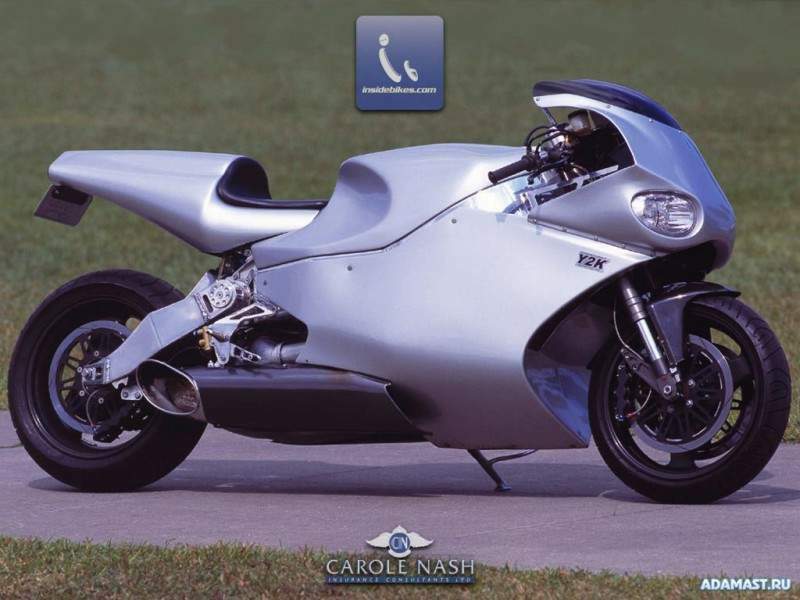
With a power output of 286bhp
and a top I speed of well over 200mph (322km/h), I the bike that was named
Y2K and produced by Louisiana firm Marine Turbine Technologies was almost
certainly the most powerful and fastest motorcycle ever to go into series
production. Given that Y2K was powered by a gas turbine engine previously
used in a helicopter, its performance was hardly surprising.
Jet engines had been used to
power drag-racing bikes and a few one-off creations before, but this was the
first time that such a machine was produced for roadgoing use. Despite Y2K's
price of US $150,000, there was enough demand for Marine Turbine to build
and sell a small series of machines over the next few years.
Jet aero engine
With a Rolls-Royce badge on its
nose - the turbine was Rolls' Allison 250 as used in the Bell JetRanger -
and emitting a high-pitched whine of a kind normally heard on an airport
runway, Y2K seemed the most improbable of bikes. But in one way, it made
perfect sense. Marine Turbine Technologies (MTT) specialized in taking
'timed-out' jet aero engines - units that had reached the strict limits on
running hours, imposed for safety reasons - and using them in new
applications, from boats to fire pumps plus the occasional four-wheeled
vehicle.When MTT president Ted Mclntyre
decided to add a motorcycle to his firm's range, he appointed Christian
Travert, a former bike racer and custom builder, to head the project. Jet
engines run best at a constant speed, and in helicopter use the turbine's
compressor spun at over 50,000rpm. For motorcycle use, Travert added a
gearbox and clutch to take drive through 90 degrees to a sprocket, and from
there by chain to the rear wheel.
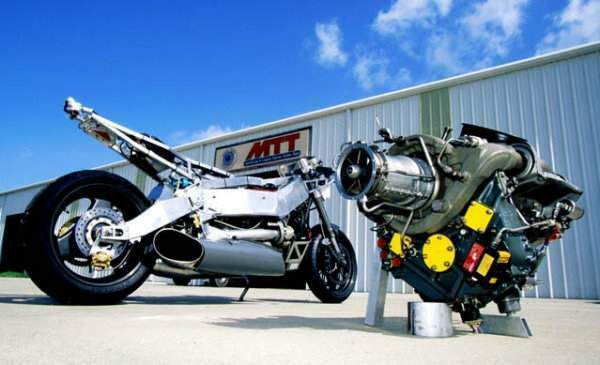
The motor ran on diesel. 'It can
use anything from normal pump gas to tequila or even Chanel perfume,' said
Travert. 'But diesel burns most efficiently, so that's what makes most
power.' Travert also designed and built the chassis, which was similar in
layout to that of a normal superbike - but much larger and stronger. A
twin-beam aluminium frame held conventional Öhlins front forks and rear
shock.If that sounded almost normal,
riding the Y2K was anything but. The bike had a small TV screen in the
cockpit (connected to a rear-facing camera) instead of mirrors. When the
starter button was pressed the turbine picked up speed, its whine rising to
a shriek, until the rev-counter showed 20,000rpm, from which point ignition
occurred spontaneously and the bike was ready to go.
Low-speed acceleration was
unexceptional due to the tall gearing dictated by a two-speed gearbox with
automatic transmission. Then the bike came alive, accelerating from 50mph
(80km/h) with thrilling force and a smoothness that was almost eerie. Given
the engine's power and the way that Y2K scorched from a standstill to an
independently recorded 227mph (365km/h) in just 15 seconds, MTT's claims of
250mph (402km/h) performance were entirely believable.
The turbine-powered machine was
too long to handle like a sports bike, and required plenty of effort from
its rider on a twisty road. But it was impressively stable both in a
straight line and through fast curves. Its disc brakes were powerful, too,
and
were needed often because
shutting the throttle did not make the turbine slow in the normal way.
Despite Y2K's high price, MTT
found a steady demand for what had to be the world's most outrageous
production superbike. One bonus was that the gas turbine-powered machine
came with an engine warranty for the life of the original owner. As Ted
Mclntyre put it, 'Anyone who blows up one of these and lives deserves a new
engine.
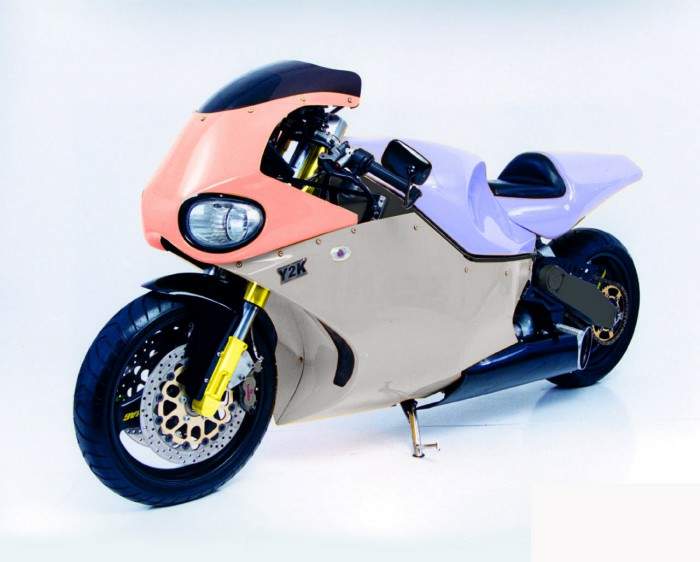
MTT Streetfighter Produces 420 Horsepower
MTT, Marine turbine Technologies Inc are turbine
engine specialists. Based in South Louisiana, US, MTT is one of the world’s most
experienced professionals in the turbine engine industry, having completed more
diverse, custom turbine engine installations than any other company in the
world.
After developing Y2K Turbine Superbike, which was powered by a Rolls Royce-Allison turbine. Producing 320 horsepower and 576Nm of torque but this machine seen was not enough to satisfy MTT’s adrenaline. So one step more has been taken. Headed by Ted McIntyre II, MTT built the Streetfighter that powered by Rolls Royce-Allison turbine to produce 420bhp and 680Nm of torque. While the Y2K Turbine Superbike could run to top speed of 227 mph (365 km/h), the MTT Streetfighter faster at least 400km/h. MTT Streetfighter as well as faster than MTT Y2K Turbine Superbike, features a bigger swingarm, Pirelli Diablo 240-section rear tyre, increased fuel capacity and an enhanced cooling system.
Featuring a full carbonfibre fairing, 17-inch carbonfibre wheels, tubular aluminium alloy frame, a rear-mounted camera with LCD color display, computerized ignition and two-speed automatic transmission, a 55mm USD fork and oleo-pneumatic, Öhlins fully adjustable monoshock, and 3 x 320mm discs from Brembo, this MTT Streetfighter is priced US$175,000.
After developing Y2K Turbine Superbike, which was powered by a Rolls Royce-Allison turbine. Producing 320 horsepower and 576Nm of torque but this machine seen was not enough to satisfy MTT’s adrenaline. So one step more has been taken. Headed by Ted McIntyre II, MTT built the Streetfighter that powered by Rolls Royce-Allison turbine to produce 420bhp and 680Nm of torque. While the Y2K Turbine Superbike could run to top speed of 227 mph (365 km/h), the MTT Streetfighter faster at least 400km/h. MTT Streetfighter as well as faster than MTT Y2K Turbine Superbike, features a bigger swingarm, Pirelli Diablo 240-section rear tyre, increased fuel capacity and an enhanced cooling system.
Featuring a full carbonfibre fairing, 17-inch carbonfibre wheels, tubular aluminium alloy frame, a rear-mounted camera with LCD color display, computerized ignition and two-speed automatic transmission, a 55mm USD fork and oleo-pneumatic, Öhlins fully adjustable monoshock, and 3 x 320mm discs from Brembo, this MTT Streetfighter is priced US$175,000.
